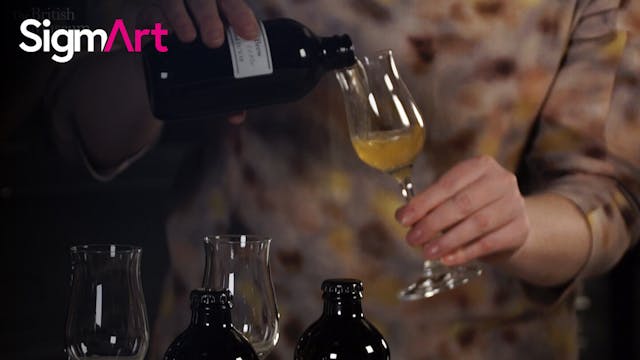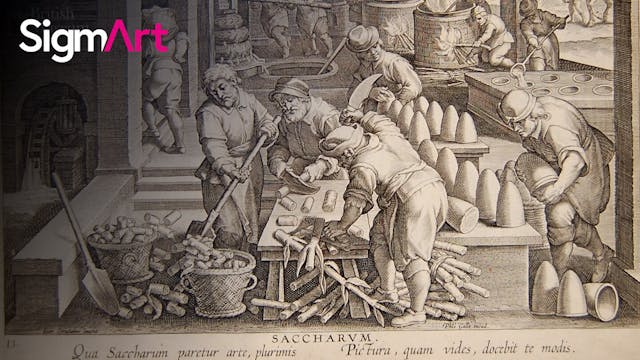Recreating 18th century LONDON HOT CHOCOLATE
British Museum Collection
•
8m 6s
Tasha Marks is back for episode 2 of the Pleasant Vices series.
This week she is joined by master chocolatier Paul A. Young to discuss chocolate’s introduction to 18th London as a delicious and beneficial drink. In this episode, Tasha and Paul recreate an 18th century hot chocolate (introduced to London by British Museum founder Sir Hans Sloane) with a Mesoamerican twist. Paul A. Young is a groundbreaking and inspirational chocolatier who is at the forefront of the British chocolate scene.
Long before Londoners were nibbling on Champagne truffles, they were drinking chocolate. In the 17th and 18th century, hot chocolate was a luxury item for London's wealthy, consumed in chocolate houses where they gathered to socialise. Prepared with spices and exotic flavours, it was a richer experience than today's hot chocolates — but also sweeter than the original hot chocolate invented by the Mayans, thanks to the addition of sugar. It was an expensive commodity, and chocolate houses often charged an entry fee as well as for the product.
Cast: Tasha Marks (Historian), Paul A. Young (Inspirational Chocolatier)
Up Next in British Museum Collection
-
How to make 5,000 YEAR OLD BEER
In episode 3 of the Pleasant Vices series food historian Tasha Marks is joined by brewer Michaela Charles and beverage consultant Susan Boyle to make Ancient Egyptian beer.
Beer was a result of the Agricultural Revolution (c. 10,000 BC), as fermentation was an accidental by-product of the gathe...
-
How to make a Renaissance SUGAR SCULP...
Want to add some punch to your dinner parties? Or make a political statement at Sunday lunch? In this final recipe video of the Pleasant Vices series Tasha demonstrates how to make a sugar sculpture to adorn your table.
The history of sugar sculpture is one of status, power and storytelling, so...
-
The History of SUGAR
In the fourth episode of Pleasant Vices Tasha is tackling the history of sugar in Europe using objects and prints from the British Museum collection to explore this foodstuff's tumultuous past.
Sugar was first produced from sugarcane plants in India sometime after the first century AD. The deriv...



